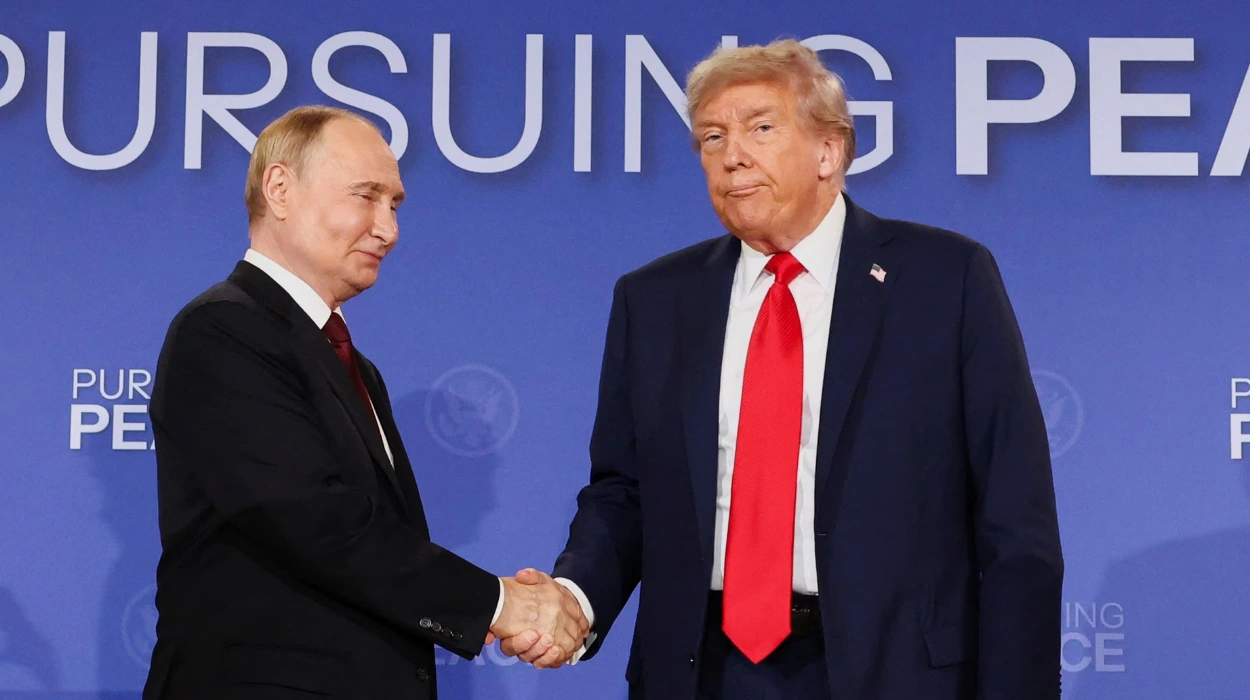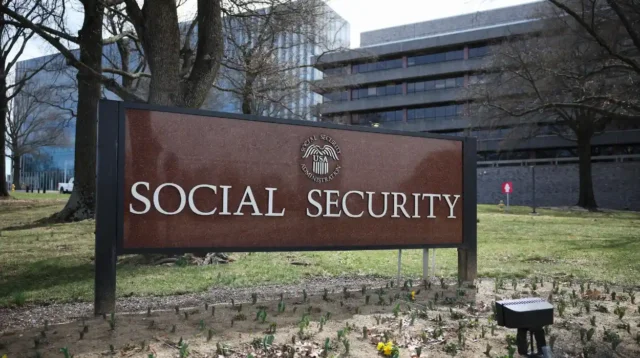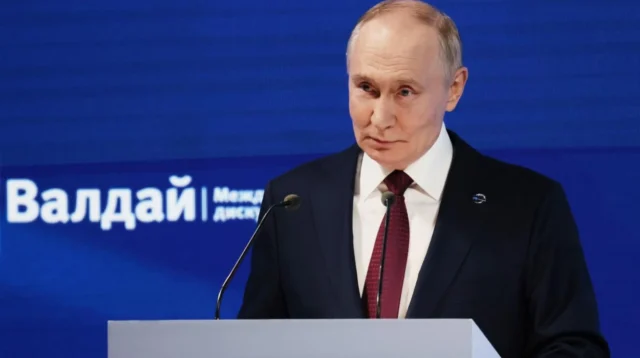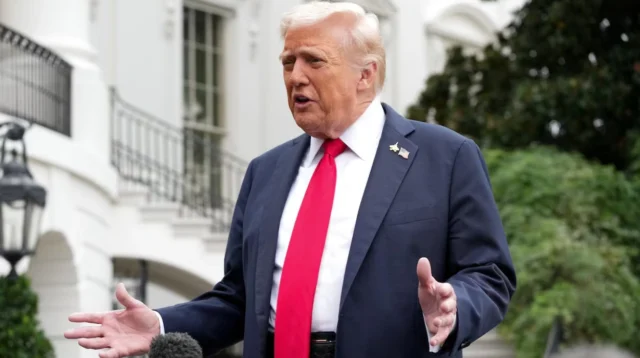The Donald Trump and Vladimir Putin summit planned in Alaska in August of 2025 was viewed as a point of possibility to turn the U.S.-Russia relations around and a way out of the ongoing war in Ukraine.
As it was, the summit demonstrated the constraints of interpersonal diplomacy, uncovered weaknesses in the strategic planning, and cast doubts on the willingness of the United States to maintain transatlantic partnerships. The first official visit of a Russian leader to American soil in more than 10 years, the summit was held in Joint Base Elmendorf-Richardson. Although the event received international media coverage, the results in efforts of gravity and effect were much less significant than its theatrics.
Symbolism Without Substance
The Trump-Putin summit was suggested as a diplomatic affair on a high level, though much of its publicity consisted of pomp and ceremony.
Red carpet diplomacy and optics-driven engagement
Military parades to a ride together in the presidential limo were some of the highlights of the summit, which focused on optics. Trump has characterized it as a great beginning to a new comprehension but he has not given much details of what was discussed. Enabling Putin to receive an exceptionally high degree of visibility and access to protocols, including key portions of the joint press conference, Trump seemed to afford Russia symbolic equivalence that critics say it did not deserve.
The observers recognized that Putin sounded more confident when speaking parts of his address in English and placing the summit in positive terms, as compared to the more ambiguous statements made by Trump. The meeting did not end with unified statements, conditions of the ceasefire, or promises on Ukraine or armaments. This was an indication that the summit was more of political drama than working diplomacy.
Public perception and media narratives
Whereas the state media in Russia described the summit as a diplomatic win to Putin, the media in the West emphasized on the opportunity cost and non delivery. The comparison further strengthened the emerging notions of imbalance in the relationship where the Kremlin was gaining international credibility and the U.S. looked reactionary and inconsistent.
The failure of the summit to deliver agreements triggered not only criticism by those against the political endeavors but also by the U.S. allies who perceived the summit as irrelevant to the strategic goals.
Missed Strategic Opportunities
The Alaska gathering was meant to give a window of chance to hold peace talks in Ukraine and also de-escalate the U.S.-Russia tension. Nevertheless, critical matters were not addressed because of the lack of direction or organization.
No path forward on Ukraine
Ukraine was mostly marginalized to the negotiations as expected globally. The imprecision of language used by Trump, who demands peace in our time, but does not offer a roadmap, was dramatically different to the hard line attitude of Putin towards justification of the military goals of Russia.
Kyiv complained that it was not involved in substantive engagement. Ukrainian officials repeated that no peace deal could be considered as valid without their involvement and threatened that any behind the scenes negotiations without the latter would weaken sovereignty and stability in the region.
Weak signaling and blurred red lines
The negotiation strategy used by Trump was tactically vague to handle relations with a competitive power. The analysts say that the inability to outline red lines, offer measures of confidence building and use of joint diplomatic pressure left a vacuum that Putin could use.
Instead of acting as a deterrent to additional aggression, the summit might have given Moscow confidence by demonstrating U.S. lack of consistency. The absence of structure created the appearance of a disjointed and responsive Western approach with NATO on the alert.
Erosion of Allied Confidence
The unilateral tone of the summit and the exclusion of European allies were of concern in the transatlantic community. The allies of the United States were doubtful about the commitment of the White House toward multilateral diplomacy and were worried of the possibility of an alternative bilateral model that avoids alliances.
Transatlantic tension and sidelined partners
French and German leaders expressed a worry that the U.S was more concerned with optics than effects. In absence of coordination and collective positioning by NATO or the EU, the summit was perceived to be an American affair of solo diplomacy.
This division endangers the division of the allied unity and disrupts further efforts to appear with one voice against the Russian activities in Ukraine, Syria, or the Arctic. The lack of opportunity to consult and include allies builds the view that the diplomacy of Trump is more personality-based than institutionally based.
Undermining historical diplomatic models
It has been compared to Cold War-era diplomacy to indicate the extent to which the Alaska summit violated the pattern of prior strategic precedence. Presidents like Ronald Reagan sought to seek engagement with the Soviet Union, but never without the company of the NATO allies and with ideological and military backups in place. The Alaska summit was deficient in those elements, and it can be seen that there is a structural imbalance in the way the contemporary crises are being tackled.
This individual has already addressed the subject, pointing out the diplomatic lopsidedness and strategic disorientation that is apparent in the Alaska summit:
The Wrong Way to Do Diplomacy With Russia https://t.co/AImbIPQwtd @ForeignAffairs aracılığıyla
— Tarık Oğuzlu (@TarikOguzlu) September 9, 2025
Their comments highlight the dangers of functioning in high-level diplomacies without substantive structures especially to deal with oppositional forces such as Russia.
Lessons for Future Diplomatic Engagements
Although the summit failed to achieve its objective, it gives an idea about how future U.S. administrations can better tune their strategy on great power diplomacy. As seen in the Alaska meeting, engagement is necessary but it has to be based on strategy, clarity and shared interests.
Reinforcing multilateralism and transparency
Direct coordination with the key stakeholders, such as allies of NATO and the parties who are affected including Ukraine should be implemented in future summits. Multilateral forms develop legitimacy and minimise the danger of backchannel deals that omit critical voices. They also enhance bargaining power and enhanced responsibility.
The framework of the diplomatic engagement should consist of pre-determined structures, standards, and implementation time lines. In the absence of these guardrails, upper level meetings become symbolic events and minimally policy relevant.
Elevating local agency in conflict resolution
The lack of Ukraine at the central negotiations is a harmful signal regarding the agency of the countries that are invaded. Sustainable peace entails that concerned nations are involved directly in negotiations that define their territoriality and national destiny.
The inclusion and ownership of the peace process by Ukraine must become the priority of any future diplomacy and comply with the international legal norms and strengthen the principles of sovereignty.
The Trump-Putin Alaska meeting highlights the fact that personal diplomacy in the absence of institutional substance may lead to shallow results, embolden adversarial interests and put the long-established alliances at risk. The Alaska meeting can be seen as a warning against the notion that real diplomacy is more than just appearance as the U.S. moves in a world of renewed great power competition. It requires coherence, coalition-building, and the strategic vision to transform meetings into progress.





